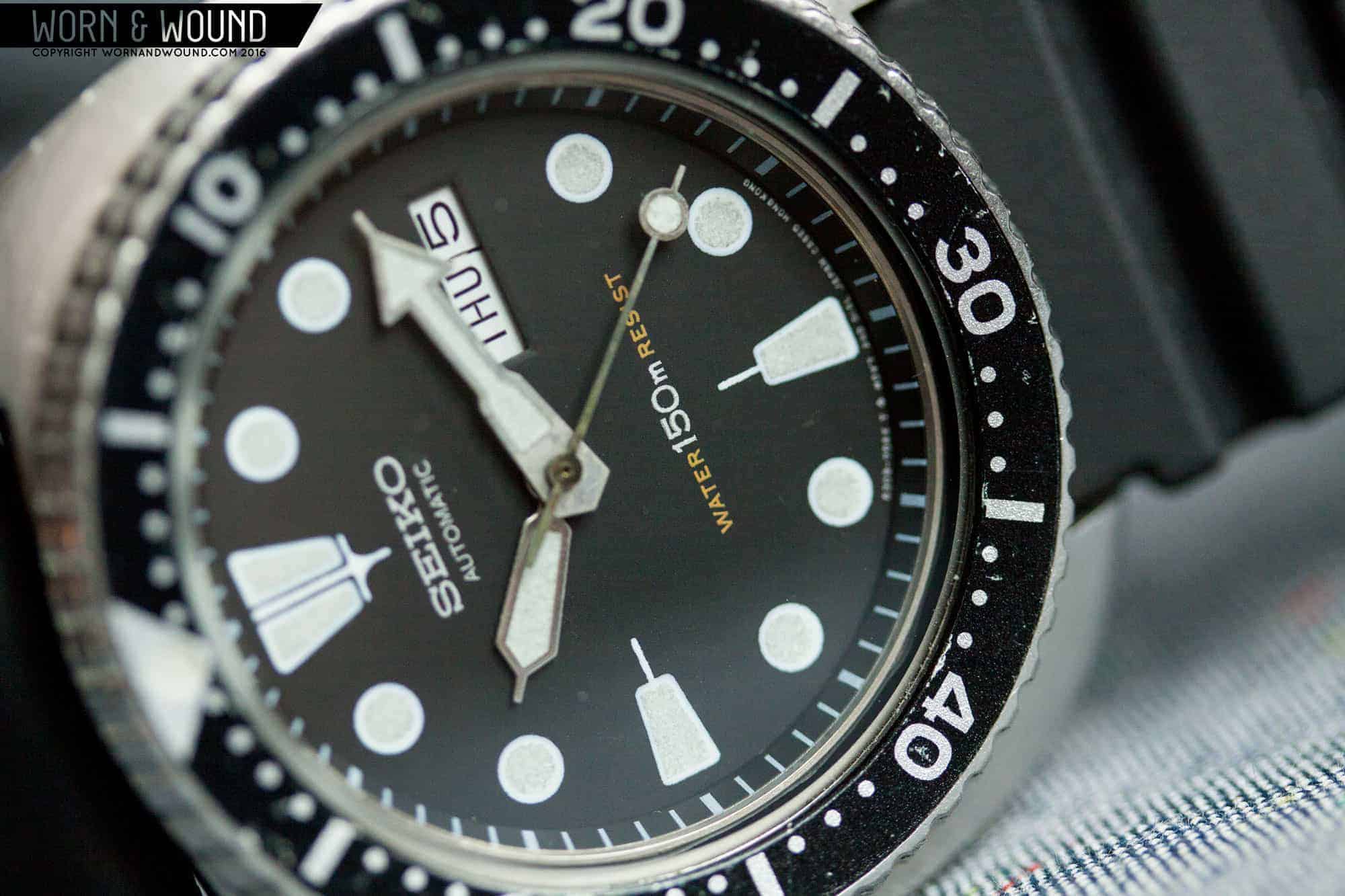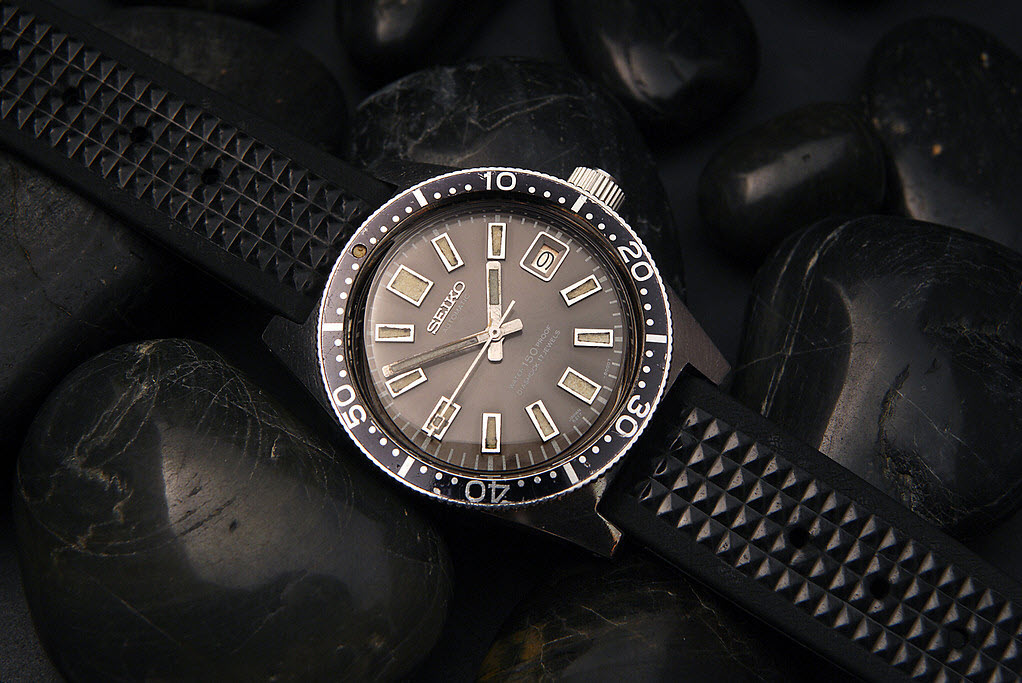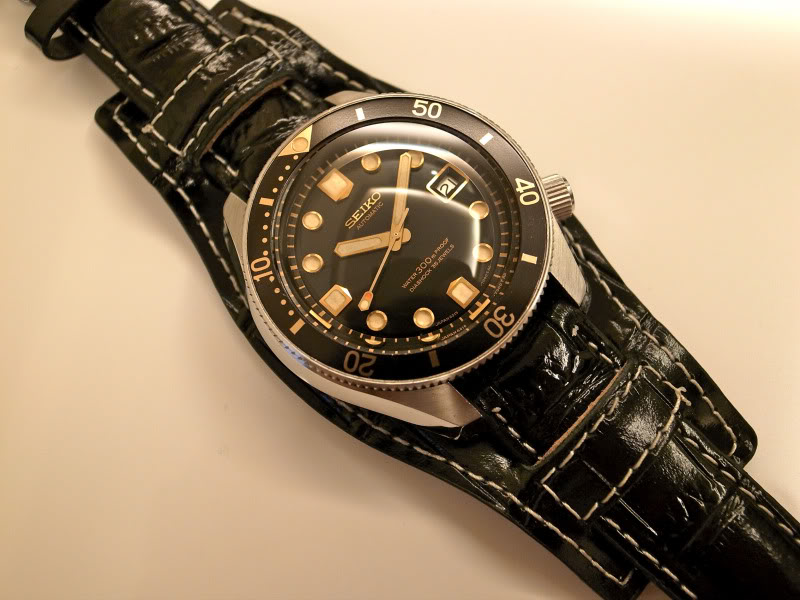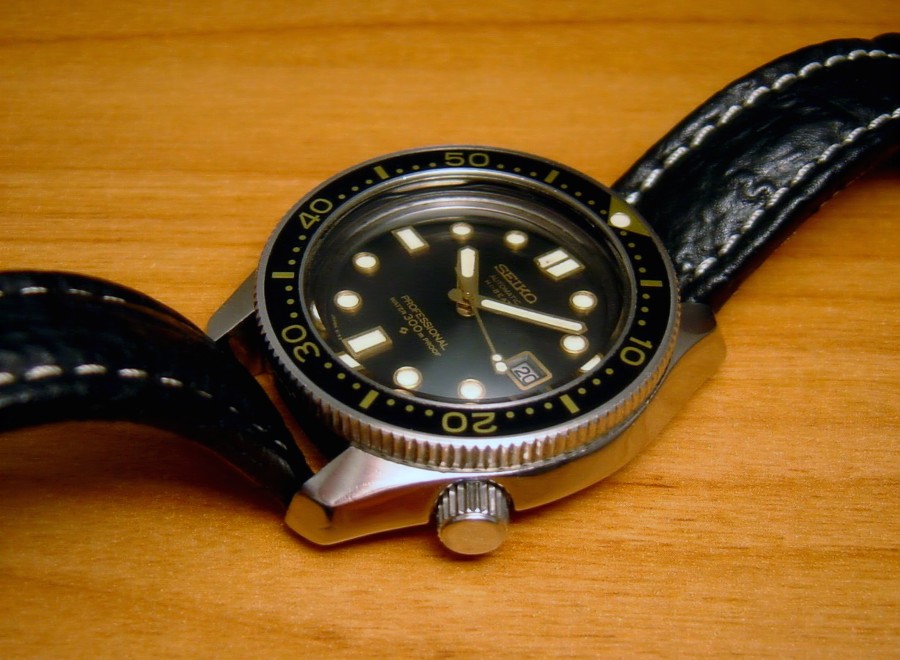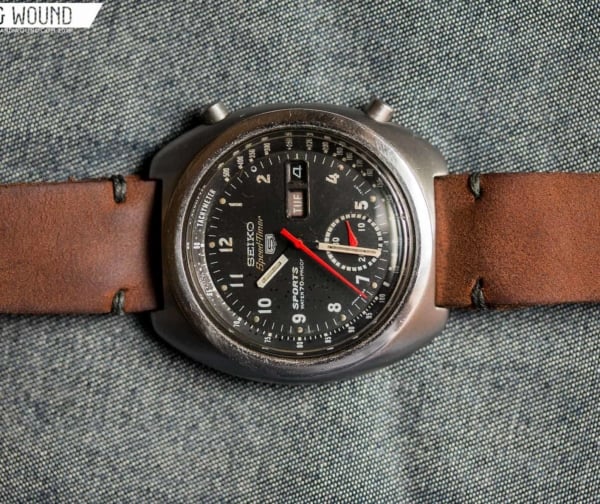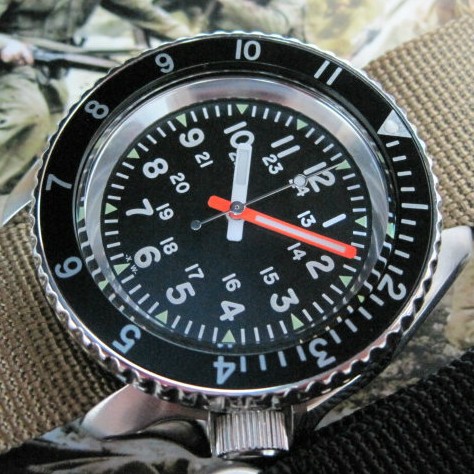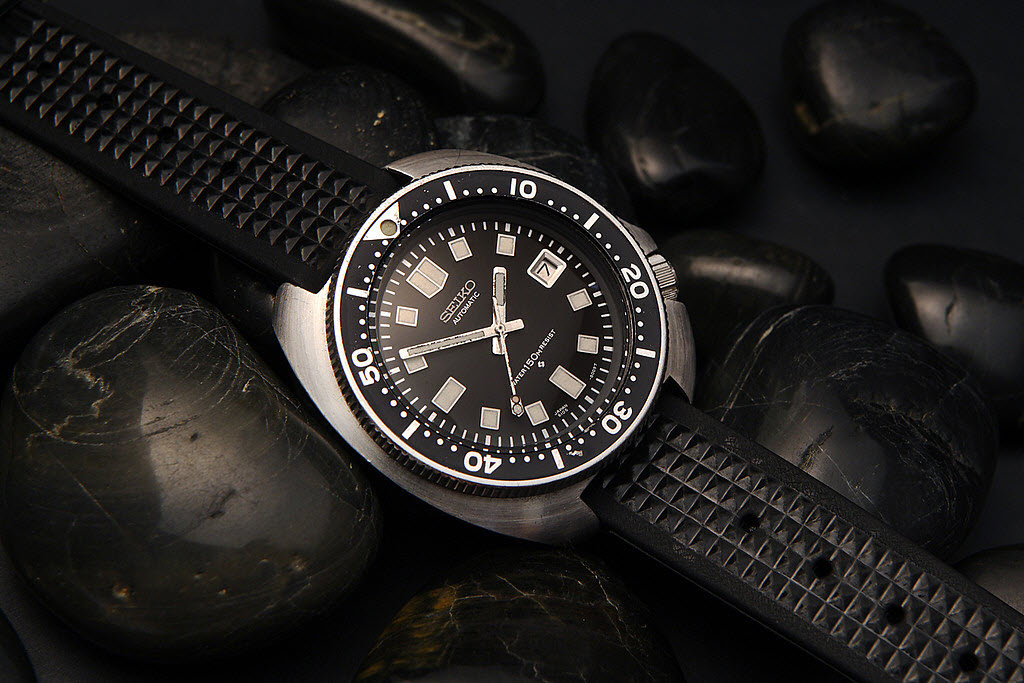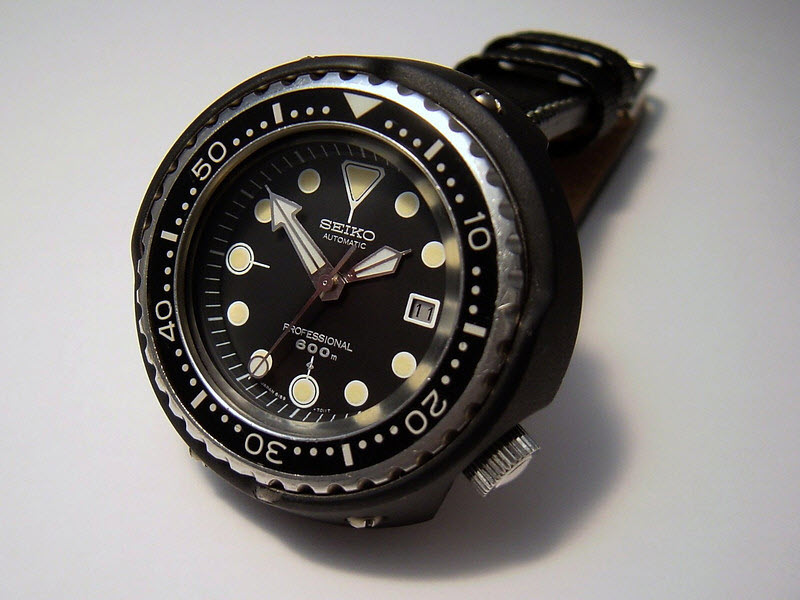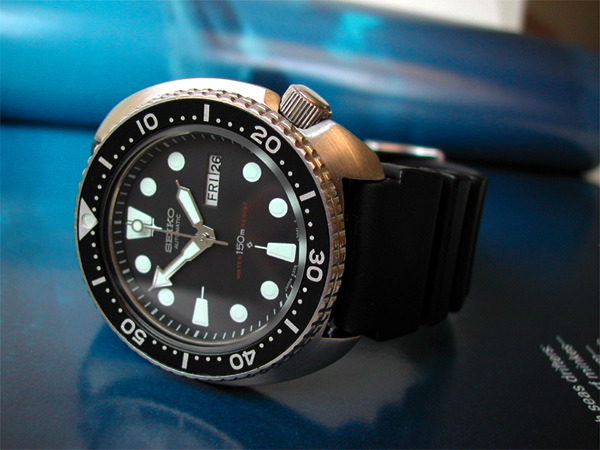When you are talking about vintage divers there are certain names that regularly come up. Rolex, Panerai, Omega, to name just a few of the common Swiss brands in regards to these vintage watches. There is another name, one that has a cult-like following in regards to these older divers, and it’s not Swiss but rather Japanese: Seiko. Here is a brief look at the first dozen years of Seiko diver development.
The development of Seiko’s diver line of watches began in the 1960’s. At that time the company felt it was vital for them to develop a wristwatch that could withstand the pressures of the deep to help them compete with the Swiss brands and attempt to beat them in terms of quality and performance. There was also a large sense of pride in Japan in the mid 1960’s following the Tokyo Olympics. The country had felt it was entering a new era after its defeat in the second World War. As a company Seiko shared in this pride and put those efforts into their competition with the Swiss. Seiko wanted to make sure their watch was truly best-in-class which is an important factor given in the 1960’s divers truly relied on their watches to ensure their dive was safe. To this end Seiko knew their watches had to be waterproof, shockproof and easily legible.









 Featured Videos
Featured Videos




